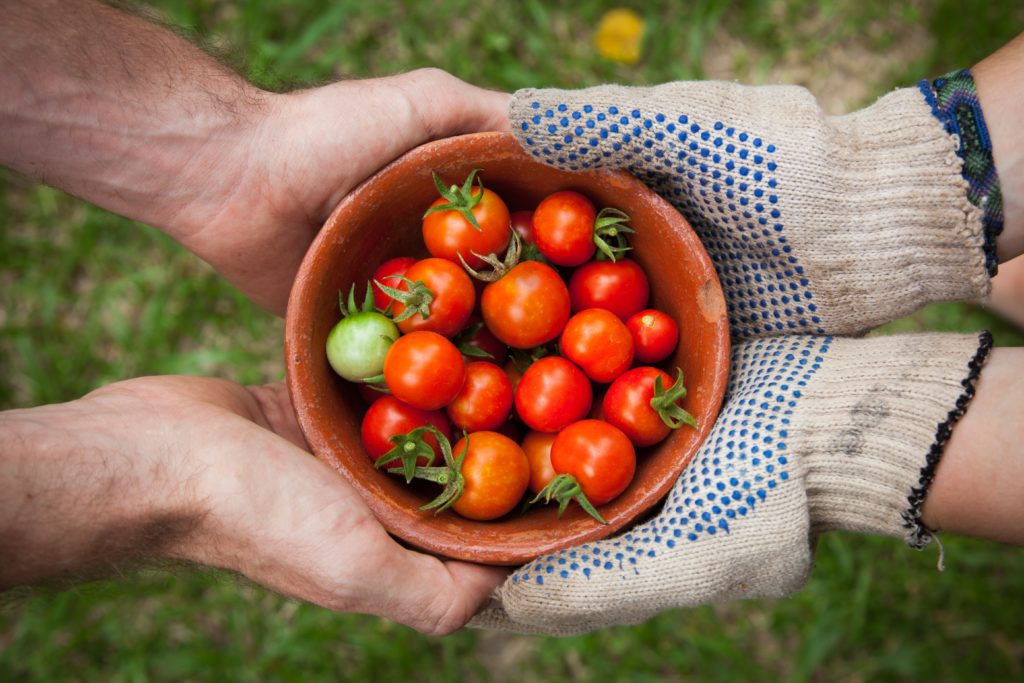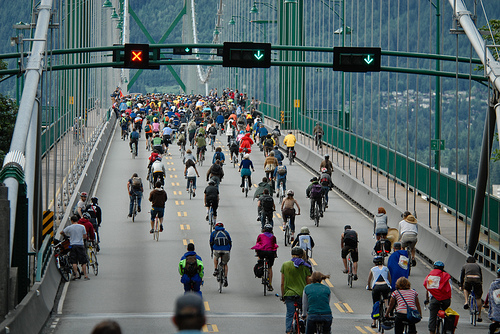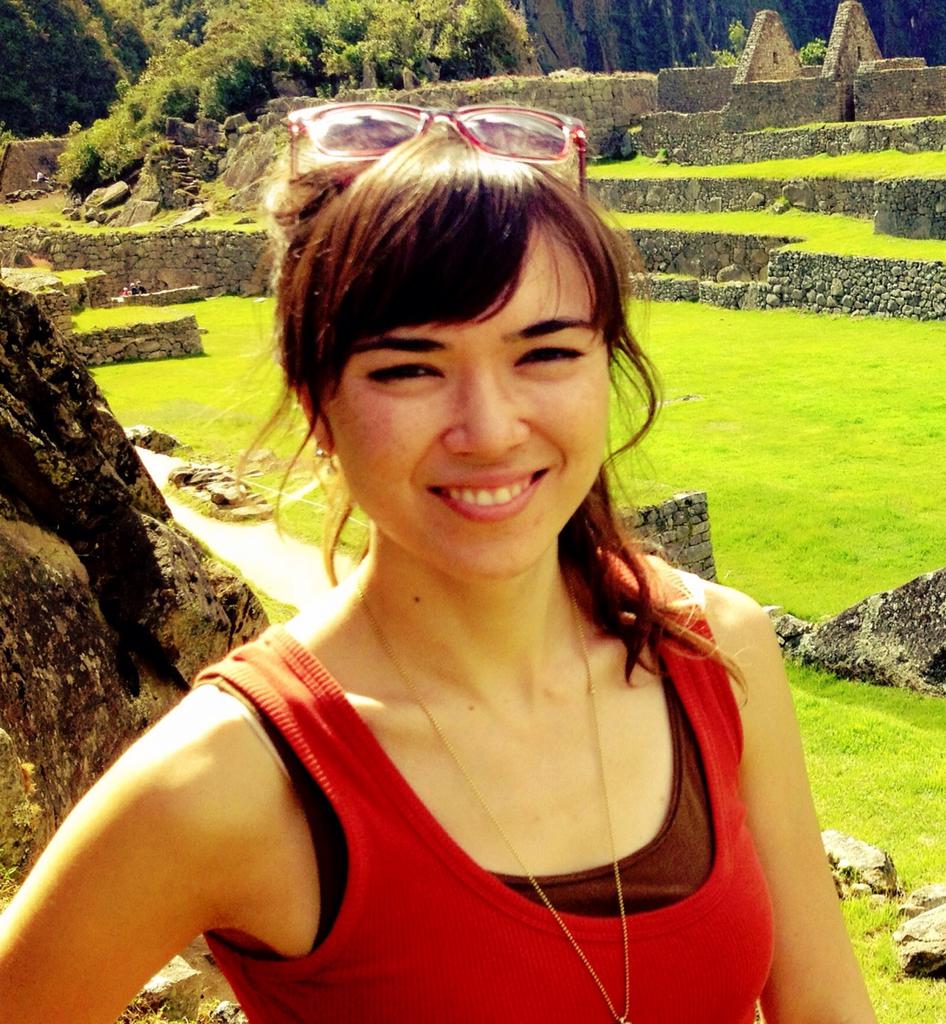Organizing a local sharing event is a great opportunity to bring people together and cultivate a culture of cooperation in your community. Whether it's a one-off skillshare or an annual ShareFest, events show people that sustainable, reciprocal societies are possible — and they're a lot of fun too.
With Global Sharing Week kicking off in a month, now is a great time to start organizing a sharing event. If you run an event the week of June 5-11, register it on the Global Sharing Week website, so we can help you spread the word. And if you take photos, upload them to this Flickr group.
Here's a collection of our top articles on how to run successful sharing events — we hope these inspire you to plan one for your community. Feel free to get in touch with us if you have any questions or need additional resources: info [at] shareable [dot] net
1. How to Host a Great Sharing Event
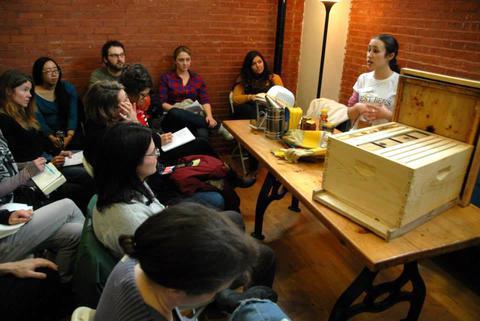
Skillshare on urban beekeeping. Photo by Paula Junn
Check out these insights from leaders of the sharing movement on how to host sharing events that are inclusive, collaborative, and entertaining. They describe each step of the process, from the planning and programming stages, to running the event and following up with participants to keep them connected to this growing community of sharers.
2. How to Organize a Skillshare

Jelly participants. Photo by MikeSchinkel
Nowadays, you can find almost everything you need to teach yourself how to do something — but watching an instructional video or reading a Wikipedia article is not nearly as enriching of an experience as meeting face-to-face to teach and learn with others. Skillshares are a chance for people to swap knowledge on how to do anything, from knitting to carpentry.

Mapping shared resources in a city not only shows that another world is possible — it shows that it’s already here. Mapathons are a great first step toward creating a sharing city because they make community assets more visible, create a base for further development, support collaboration, and illuminate openings for new project ideas to fill in the gaps. Visit this page to find out how to sign up and host a #MapJam in your city.
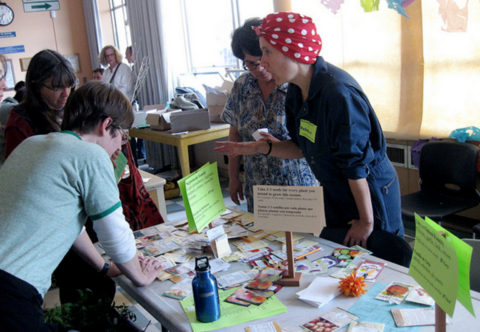
Photo: Richmond Grows Seed Lending Library
Seed swaps are great ways to learn about local seeds, build community around seed sharing, and show support for the Save Seed Sharing movement. Designed for gardening newbies and master gardeners alike, they provide people an opportunity to get seeds from other local growers and share seeds from their own harvest. They are also a great opportunity for people to meet fellow gardeners and exchange tips.
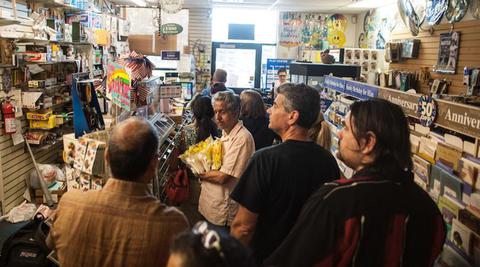
The idea is simple: a group of people flood a store and pledge to buy stuff — think flash mob but instead of dancing, you’re spending money to help give back to the local economy. This guide explains how to work with local businesses to make your cash mob a success.
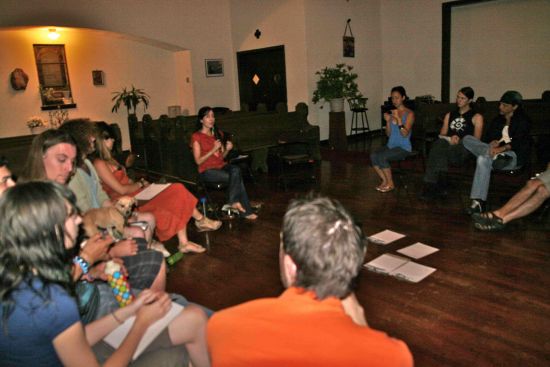
Gift circle. Photo by Jill Ettinger
Gift circles provide a warm, free, and welcoming space for community members to gather and share gifts and match resources with needs, most often while literally sitting in a circle. They can cultivate healthy interdependence in communities and provide a sense of belonging and connection to ameliorate a general sense of alienation and scarcity that so many people experience.
7. How to Start a Really Really Free Market

A Really Really Free Market (RRFM) is a community gathering where participants give away usable items, skills, food, entertainment, games, and other things. To count as a RRFM, it must be a 100 percent free and non-commercial event — so no bartering or advertising. It promotes an alternative to a capitalist economy that promotes and feeds off insecurity, competition, and scarcity, by demonstrating collective spirit, community abundance, recycling, and sharing through the gift economy.
8. How to Throw a Community Swap Meet

Photo: Share Tompkins
Community swap meets are a way for people to trade goods and services with each other. They are often fun, social events that can include potluck food, music, and crafting. This guide walks you through how to throw your own swap meet and create a network with the people in your neighborhood interested in building a community of givers and sharers.
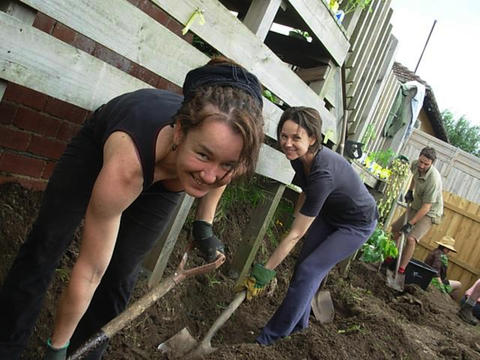
Photo: Permablitz
Much like the Amish tradition of barn raising, a permablitz is a way of bringing a community together and turning a suburban house into an urban homestead in a single day. Learn how to plan a permablitz in your community, from the early designing stages to coordinating the big day of turning a regular yard into a full-blown garden.
10. How to Start a Repair Cafe

Photo: Repair Cafe
When our appliances break down, all too often it's cheaper to replace than to fix. Repair Cafés can be an antidote to the modern throw-away attitude towards our electronics.
11. How to Start a Critical Mass Ride
Critical Mass in Vancouver. Photo by Tavis Ford
Critical Mass is an event where bicyclists take over the roads and through a shared, uplifting ride, challenge the domination of cars and oil in the transportation system. It’s also a way for people to rediscover urban spaces and meet fellow cyclists in their community.
12. How to Organize a ShareFest
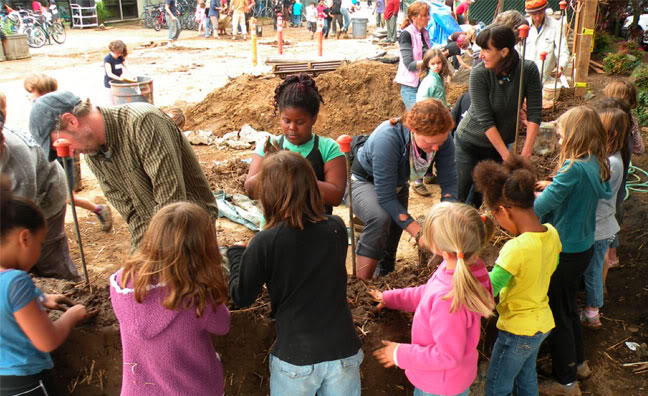
ShareFests are a great way to introduce people to the sharing movement through first-hand experience and education. They also enable communities to connect existing sharing initiatives and are a prime opportunity for people to meet and brainstorm what kind of shared resources people would like to see in their city. This guide describes how to design a ShareFest that maximizes visibility, connection, and participation from diverse communities.
13. How to Start a Social Street
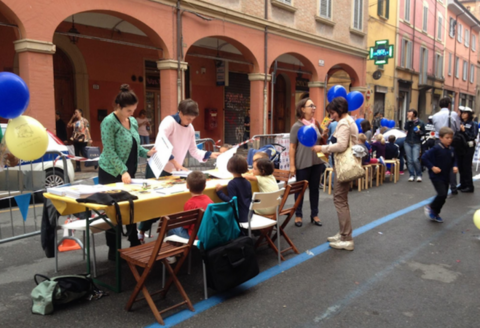
Photo: Social Street Italia
The goal of a social street is to help residents of a particular street get to know one another, by establishing enduring bonds, exchanging hyper-local knowledge, and sharing needs. This can be done by preparing a collective meal, carrying out projects of common interest, or a whole range of other local activities and initiatives that enable meaningful neighbor interaction through self-organizing groups.
Bonus:
14. How to Get Media for Your Sharing Event
If you’re organizing a stellar sharing event or project, you should consider having a media plan to attract the attention of the press. The sharing movement is a big deal, and people enjoy reading about initiatives that empower and unify communities. Follow this guide on how to design a media strategy and get press attention for your project.
Header photo by Elaine Cassap via unplash
